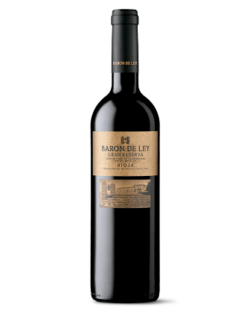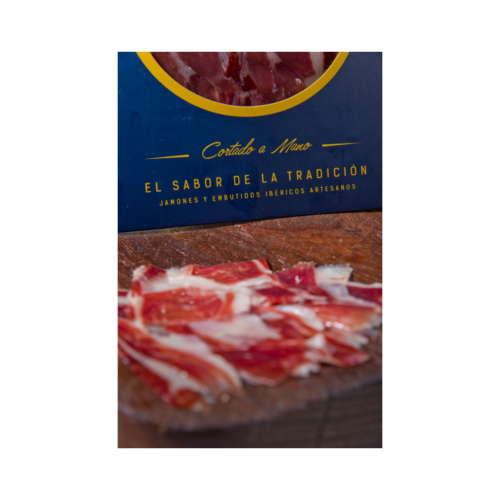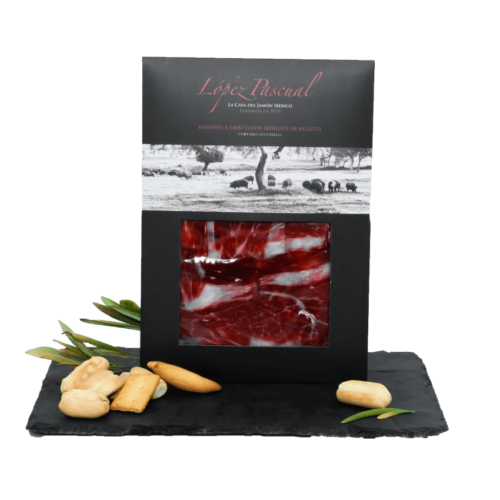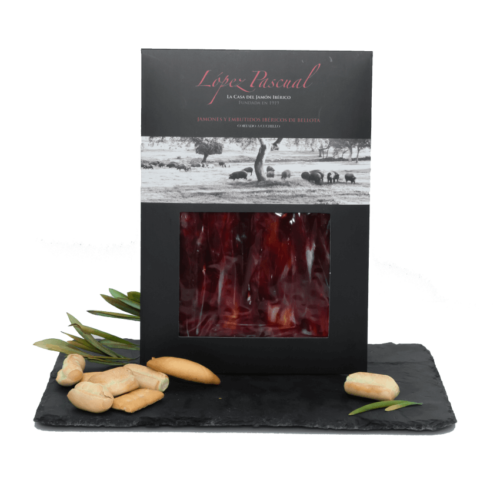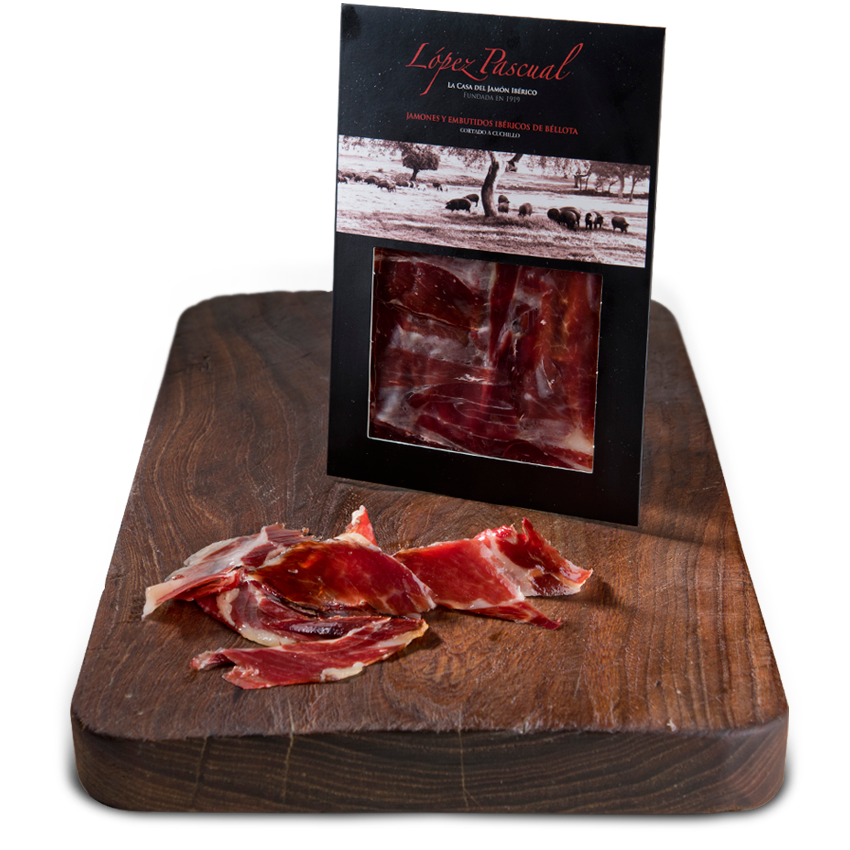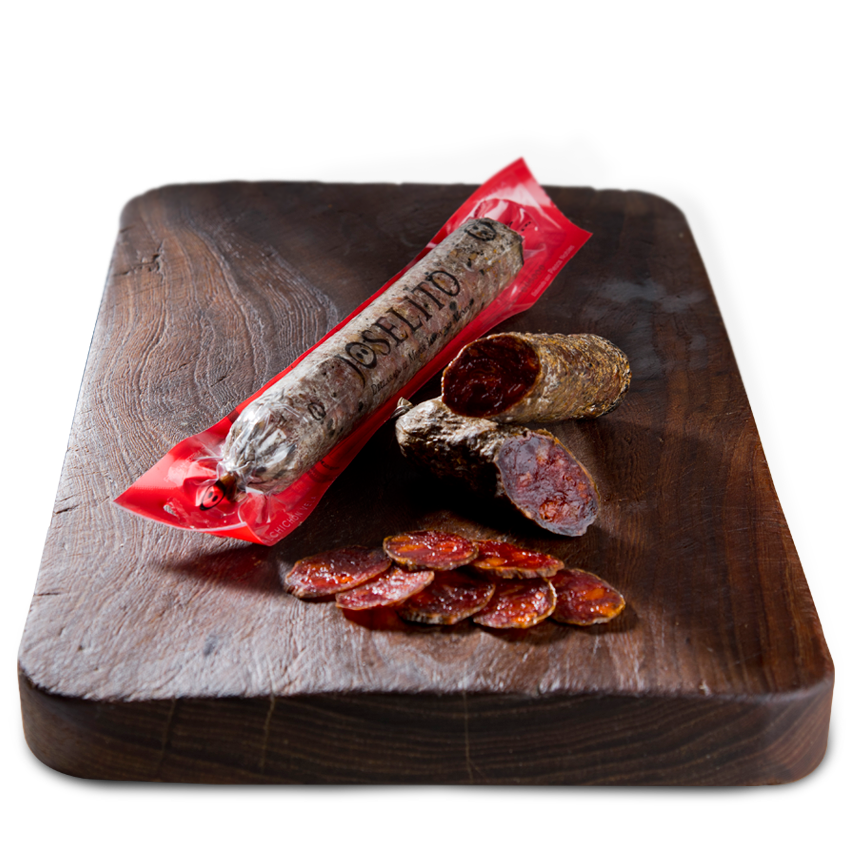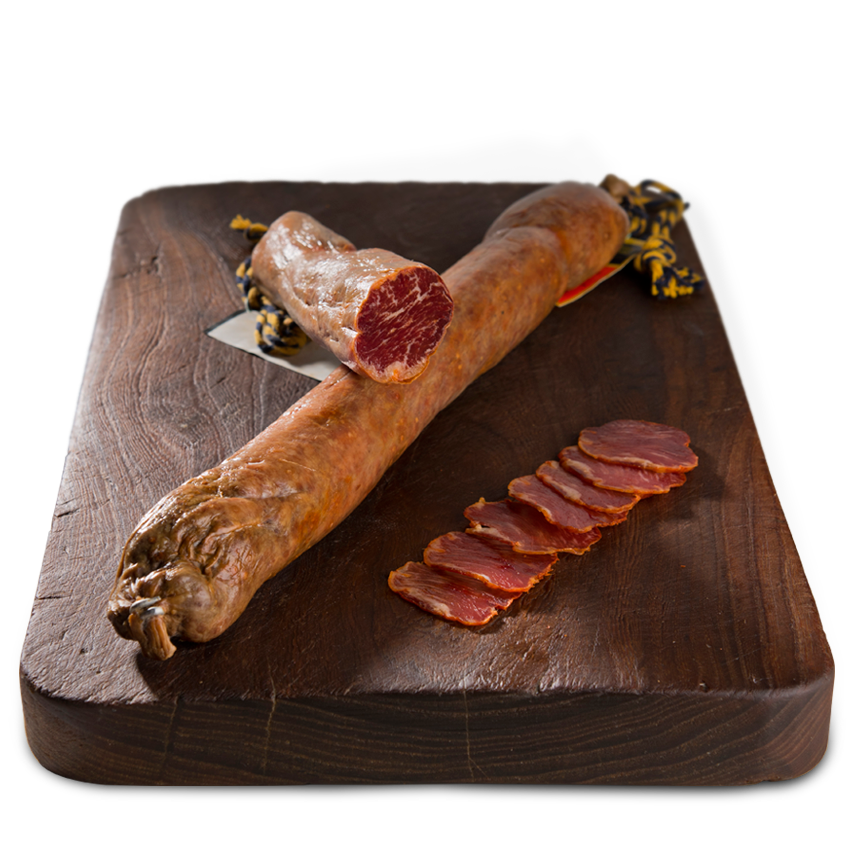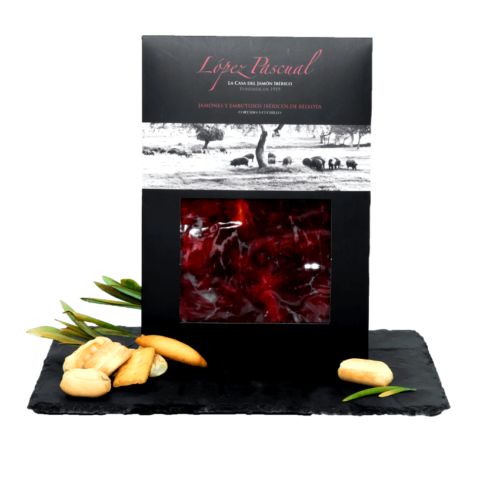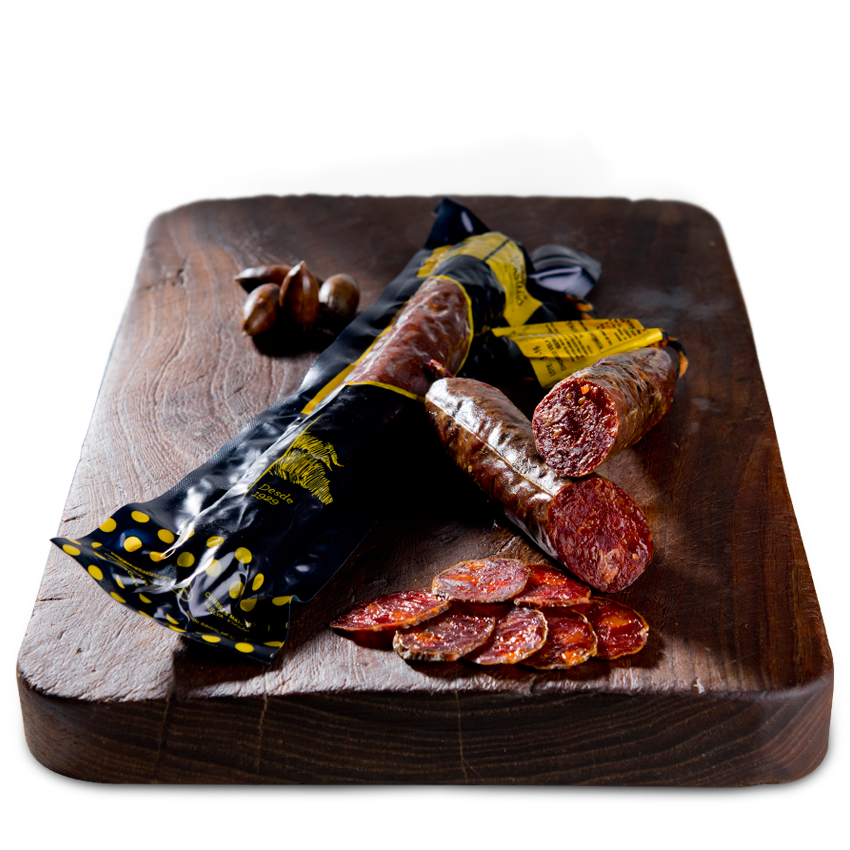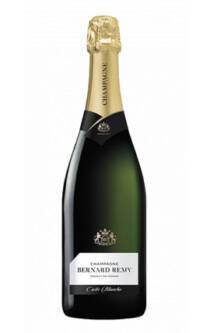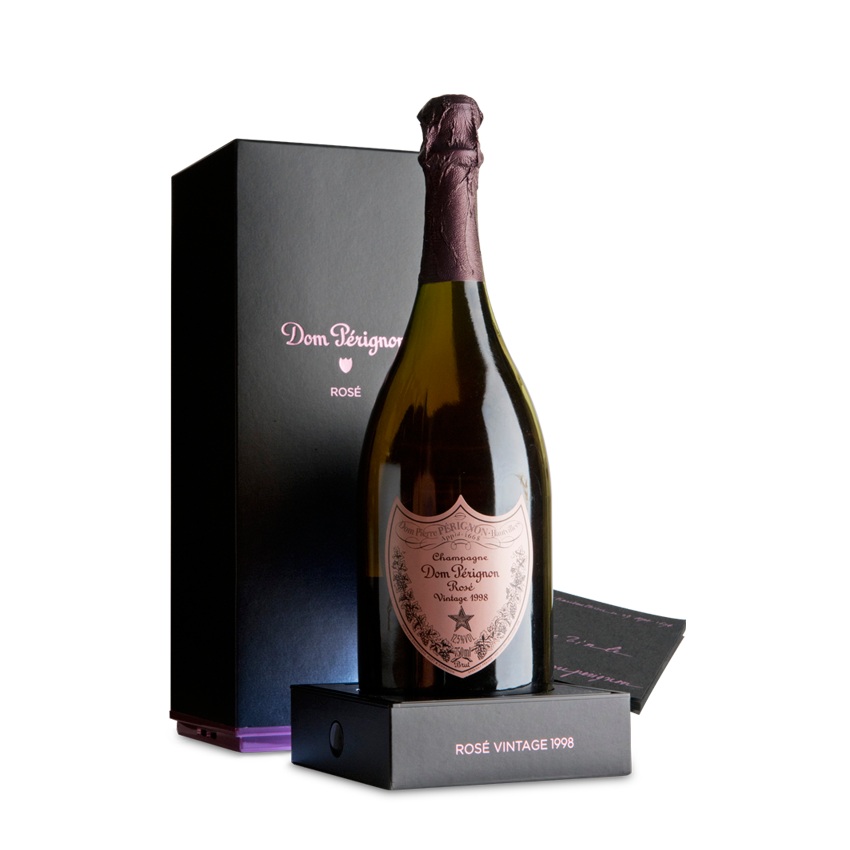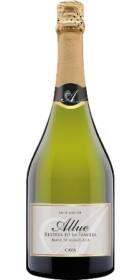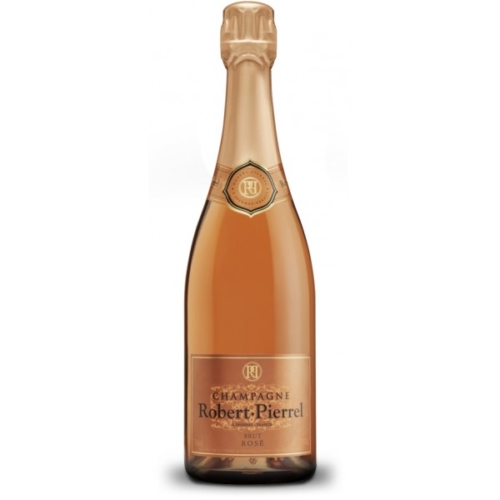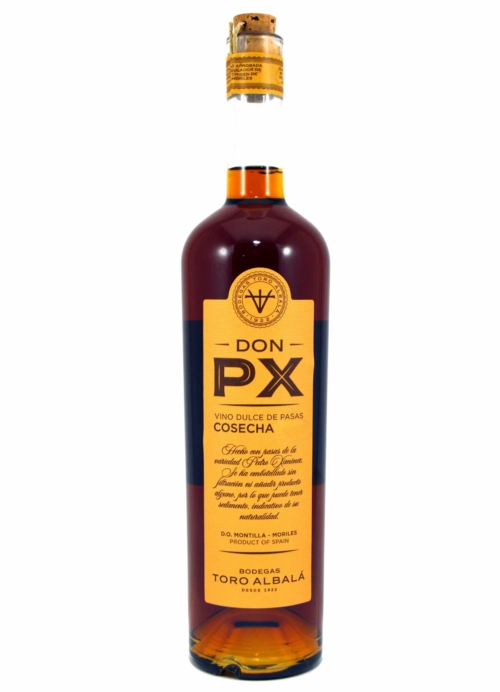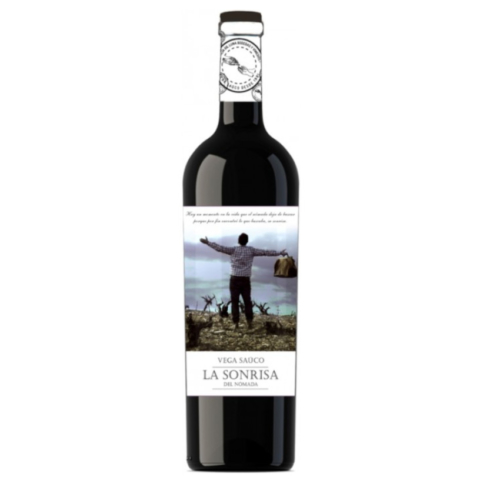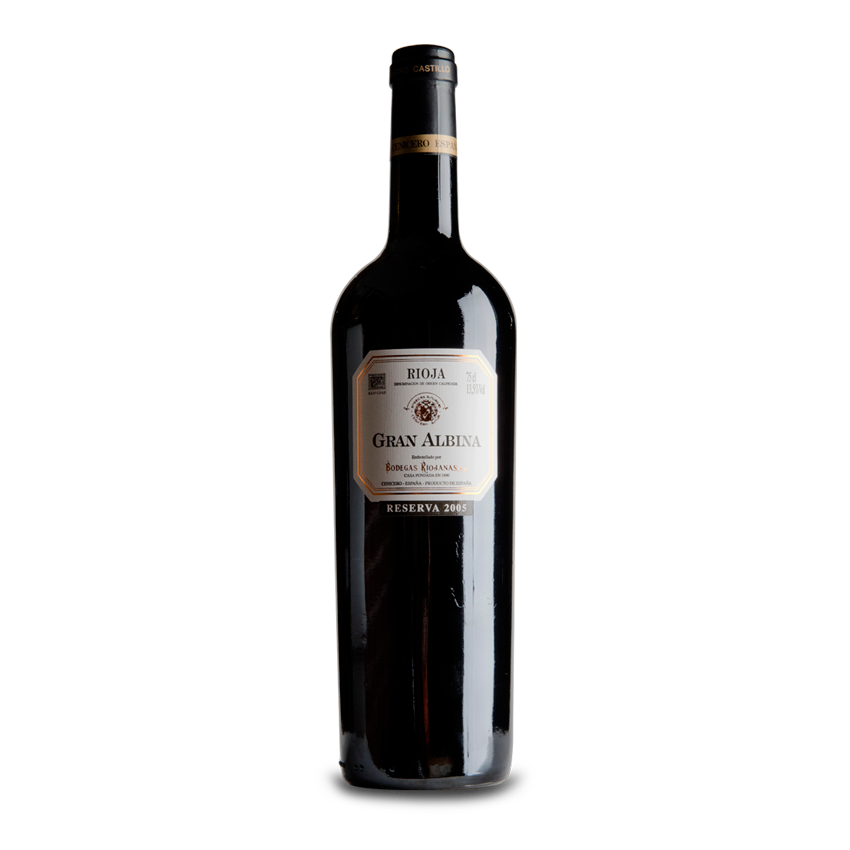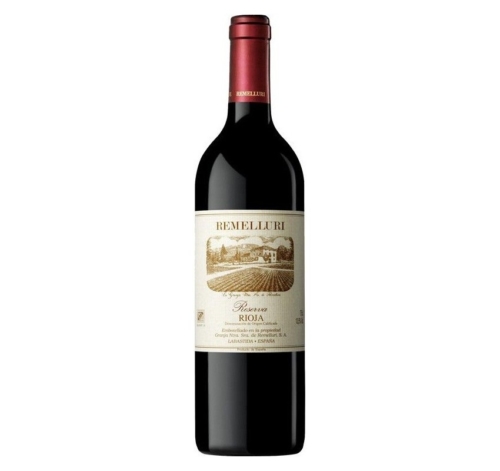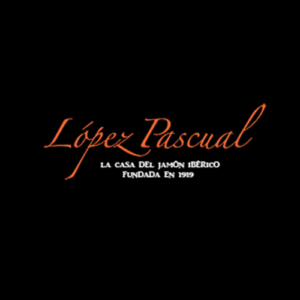Barón de Ley Gran Reserva 2014
24,50€
4 in stock
Barón de Ley Gran Reserva 2014
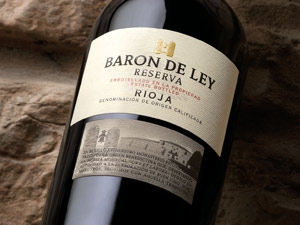
Barón de Ley Reserva 2014
Ruby red colour. On the nose it is surprising for its powerful fruity character assembled with hints of its noble ageing, traces of coconut, toffee and suggestive hints of scrubland. The attack is powerful, developing a sensation of volume and smoothness that leads to a long finish. The aftertaste is reminiscent of red fruits in conjunction with hints of undergrowth. Its power makes it ideal for pairing with acorn-fed Iberian sirloin steak.
4 in stock
Delivery time: 3/4 days for Europe
Our suggestions
To accompany this great wine we suggest…
Barón de Ley Gran Reserva 2014
Attractive ruby colour and medium depth.
Complex, frank and deep. Aromas of ripe red fruit, saffron and tobacco over a very elegant balsamic background.
Well-balanced and rounded, with a fresh, long and mineral passage. The aftertaste is very persistent with hints of toast, sultanas and leaves.
Serving temperature
Best served at 16 ºC.
Consumption
Optimum until approximately 2030 if kept in optimum conditions.
Ruby red colour. The nose is surprising for its powerful fruity character assembled with hints of its noble ageing, traces of coconut, toffee and suggestive hints of scrubland. The attack is powerful, developing a sensation of volume and smoothness that leads to a long finish. The aftertaste is reminiscent of red fruits in conjunction with hints of undergrowth.
Made mainly from Tempranillo grapes from the vineyards in Mendavia.
A few minutes after being harvested by hand, the Barón de Ley grapes are received at the winery’s winemaking cellars.
Barón de Ley Gran Reserva 2014
Ruby red colour. On the nose it is surprising for its powerful fruity character assembled with hints of its noble ageing, traces of coconut, toffee and suggestive hints of scrubland. The attack is powerful, developing a sensation of volume and smoothness that leads to a long finish. The aftertaste is reminiscent of red fruits in conjunction with hints of undergrowth. Its power makes it ideal for pairing with acorn-fed Iberian sirloin steak.
Ageing in wood and bottles: After 20 months of ageing in new American oak barrels, its 24 months in the bottle have allowed it to reach its full potential.
Ageing in wood and bottles: After an ageing of 20 months in new American oak barrels, its 24 months of resting in the bottle have allowed it to reach its full potential.
Varieties: Tempranillo
D.O. RIOJA.
Vintage: EXCELLENT
Barón de Ley Gran Reserva 2014 Historia del Monasterio.
En la actualidad el Monasterio de Imas se ha convertido no sólo en la sede social de Barón de Ley, sino que también acoge a algunos de sus mejores caldos. La restauración del edificio histórico, acometida en los años 95 y 96, recrea con sus muebles de época los años dorados de la casa a finales del Siglo XIX, cuando la familia Jimenez era propietaria de la casa y administraba la finca agrícola.
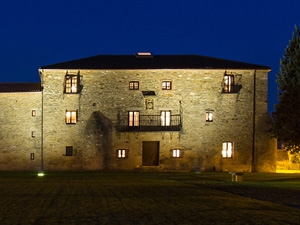
Barón de Ley Gran Reserva 2014
En el mismo se pueden admirar dos zonas claramente diferenciadas; por un lado los aposentos de la familia y por otro las habitaciones que ocupaban de los trabajadores de la finca, en lo que anteriormente fueron las celdas de los monjes.
Por último, la “bodega del monasterio” es el colofón de la visita al edificio, ocupando las antiguas caballerizas del cenobio; una espectacular fusión entre la antigua tradición benedictina y los grandes vinos de hoy. Hasta seis “foudres” de roble francés de única factura y un bellísimo y enrejado botellero en rima dominan la estancia, en la que duermen algunos de los más grandes vinos de Barón de Ley .
El edificio fue inicialmente construido por el conde de Eguía como un castillo-fortaleza en 1548. En aquellos tiempos, el conde de Eguía poseía una finca de 1.000 hectáreas en la ribera del Ebro, enclavada de lleno en lo que hasta 36 años antes había sido frontera entre los reinos de Castilla y Navarra.
Dado lo reciente de la anexión del Reino de Navarra por parte de la corona de Castilla y Aragón, seguía existiendo notable hostilidad entre los nobles navarros y castellanos, y Eguía era frecuentemente hostigado por fuerzas militares que cruzaban el río Ebro por el vado de Alcanadre.
Al cabo de los años siguientes, estas intrigas se fueron calmando, al tiempo que la situación interna en Navarra se enrarecía progresivamente. La fortaleza de Imas va, pues, perdiendo parte de su importancia y Eguía se interesa por el Castillo de Monjardín, propiedad de la orden benedictina que sobre una colina dominaba la villa de Estella, enclave estratégico en la época.
En aquel momento, la orden benedictina se encuentra con una finca de Imas interesante por su gran tamaño, ubicación y proximidad al río Ebro, y con que puede prescindir de Monjardín, pues ya contaba con el Monasterio de Irache cerca del lugar.
Barón de Ley Gran Reserva 2014
Sin embargo, los tiempos benedictinos de la fortaleza de Eguía encontrarían su fin en el año 1836, año en el cual toda la finca de Imas es expropiada, al igual que gran parte de los bienes de la iglesia en España, en virtud de la desamortización de Mendizábal.
Pocos años después, en 1839, se produciría la toma de posesión de la finca Imas por parte del general Martín Zurbano en virtud de sus méritos de guerra. Natural de Varea, Zurbano inició su carrera militar alistándose en 1808 para servir en la guerra de la Independencia contra Napoleón y consagrándose en la primera guerra carlista, tras la cual fue ascendido a general por el gobierno de la Reina Isabel.
En los años siguientes, Zurbano ascendería a Comandante General del ejército español y a Gobernador Militar de Gerona en 1843. Sin embargo, comenzaron tiempos difíciles para los liberales, en parte como consecuencia de la desamortización de Mendizábal en una España muy clerical, y Espartero fue desterrado.
En 1844, con Narváez en el poder fue decretada prisión para Zurbano, quien a partir de ese momento se daría la fuga con sus hijos hasta ser capturado, juzgado y fusilado en 1845. En 1844 se produciría un giro en la historia de la finca de Imas, cuando Zurbano jugó y perdió toda la finca en una histórica partida de cartas contra un conde francés liberal que había venido a persuadirle de que huyese a Francia.
Barón de Ley Gran Reserva 2014
No teniendo excesivo interés en mantener una finca de estas proporciones en España, el Conde optaría por valorar la finca al objeto de saldar la deuda con Zurbano y finalmente fue D. Cayo Muro, administrador de Zurbano, quien redimió la deuda y adquirió la propiedad.
El Coronel Muro, también riojano, se casó en Mendavia con Dña. Carmen Elvira, que se convertiría en administradora de la finca por las prolongadas ausencias de Muro.Cayo Muro moriría en 1852, y Carmen Elvira, que contrajo segundas nupcias, vendió finalmente en 1880 toda la finca al matrimonio formado por D. Donato Jiménez y Dña. Agueda de Mauleón.
Es precisamente la familia Jiménez, que permaneció en la finca durante tres generaciones, quien dio esplendor a la finca al administrarla por primera vez como una completa explotación agraria y ganadera.
Barón de Ley Gran Reserva 2014
D. Angel Jiménez de Mauleón se casó con Dña. Rosario de Palacios López-Montenegro, quien ya viuda y sin descendencia por el fallecimiento de sus dos hijos legaría la propiedad a su sobrino José María Sanz-Pastor en 1957.Es de destacar la gran afición cinegética de la familia Sanz-Pastor, cazadores que viajaron por todo el mundo y dejaron en el Monasterio, una vez éste fue adquirido en los años ochenta por los fundadores de Barón de Ley, los más de 200 trofeos de caza que decoran sus paredes.
Whole pieces:
In the case of whole hams or shoulders, you receive the whole piece wrapped in waxed greaseproof paper, protective cloth cover and in box/case with handle, at no extra charge.
Knife-cut pieces:
We will send your knife-cut ham or shoulder in thin slices in 100 gram sachets and vacuum packed. It should be kept in the fridge. Although it should always be taken out at least one hour before consumption. Shelf life of 6 months from delivery.
Includes the cut bones, useful for making broth or stews.
Sausages and cheeses:
Any sausage or cheese, whether cut or in whole pieces, will be sent vacuum packed.
It should be kept in a cool, dry place. It is always advisable to temper before consumption. Shelf life depends on the product. Normally at least three months.
Wines and oils:
Both wines and oils should be sent properly protected.
Preserving unopened Iberian ham
If you have just brought home a piece of Iberian ham that you do not plan to open yet, it is important that you remove all the wrapping and hang it up, if possible in a cool, dry place, in order to preserve it.
In this way the ham can last for months without any problems.
Preserving Iberian ham once it has been opened
When we buy a leg of Iberian ham and we are going to start cutting it, it is important to save the layer and the first slices of fat that we will remove before cutting the ham itself.
Preserving whole cured meats
If you are one of those people who prefer to buy whole pieces of sausage such as salami, cured pork loin or chorizo, there are also ways in which we can help to keep these pieces in perfect condition.
The best way to preserve Iberian cured meats is to keep them hanging. The piece should be hung with the cut side down. To maintain its texture, cover the part that has already been cut with plastic film and secure it with a string or rubber band so that it is well sealed.
Preserving sliced sausages
The ideal way to preserve sliced cold meats with all their properties is to group all the slices together and stack them on top of each other, wrapping them in transparent film. They should also be spread out inside the envelope in which they were received. Once you have opened one of these sachets, you should consume it within a week.
More references in:
https://jamonesibericosmadrid.com/como-conservar-jamon-y-embutidos/
We guarantee the delivery between 24 and 48 HOURS following the one of the realization of the order in function of the peninsular destiny, except in the cases of requested pieces cut by hand, in which case it would be increased in 24 hours per piece or in purchases made on Saturdays , Sundays and holidays and as long as it is not done later than 12:00 pm. in which case the order will be processed on the first working day after the day of execution. In addition, it must be taken into account that the deadlines are computed on working days and that they can be altered by local or national holidays. Occasionally, it may happen that the carrier for reasons unrelated to our company delays the delivery of the requested goods. Please inform us to claim it as soon as possible. If you choose bank transfer, the order will not be sent as a payment method until we have a bank confirmation of the transfer.
Shipping costs
These expenses for Spain peninsular and Portugal will be free from 250 euros of purchase. For orders of lower amount the shipping cost will be € 8 including VAT.
Transit time between a minimum of 24 and a maximum of 72 hours.
Shipping to the European Union:
We deliver in 4-8 business days from Monday to Friday. Below we indicate the shipping costs for each country:
Germany, France: € 20
Free shipping from € 350 purchase
Austria, Belgium, Denmark, Holland, Hungary, Italy, Luxembourg, Poland, United Kingdom, Czech Republic: € 25
Free shipping from € 400 purchase
Slovenia, Estonia, Finland, Ireland, Latvia, Lithuania, Slovak Republic, Romania, Sweden: € 40
Free shipping from € 600 purchase
Carriers:
We work with UPS and Packlink Pro, two of the leading companies in the sector with a high quality service and delivery effectiveness.
SERVICES AND DELIVERY.
www.jamonesibericosmadrid.com will not assume any responsibility for delay in the delivery of the orders when said delays are not directly attributable to www.jamonesibericosmadrid.com or in cases of force majeure, understood as such non-negligent events impossible to foresee or which, being foreseeable, are unavoidable.
The user must indicate the delivery address of the order, email and a telephone number, and if he wants it to be delivered to a specific person.


